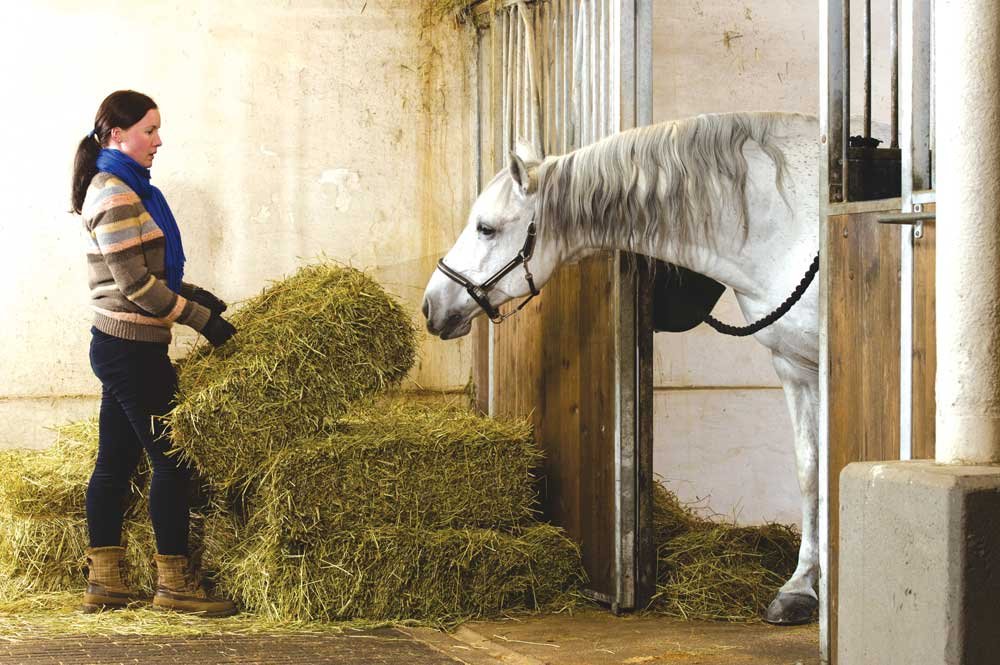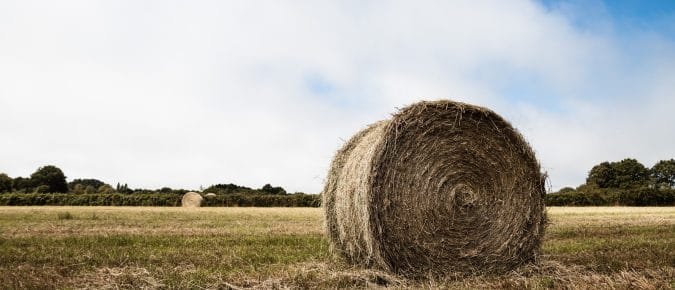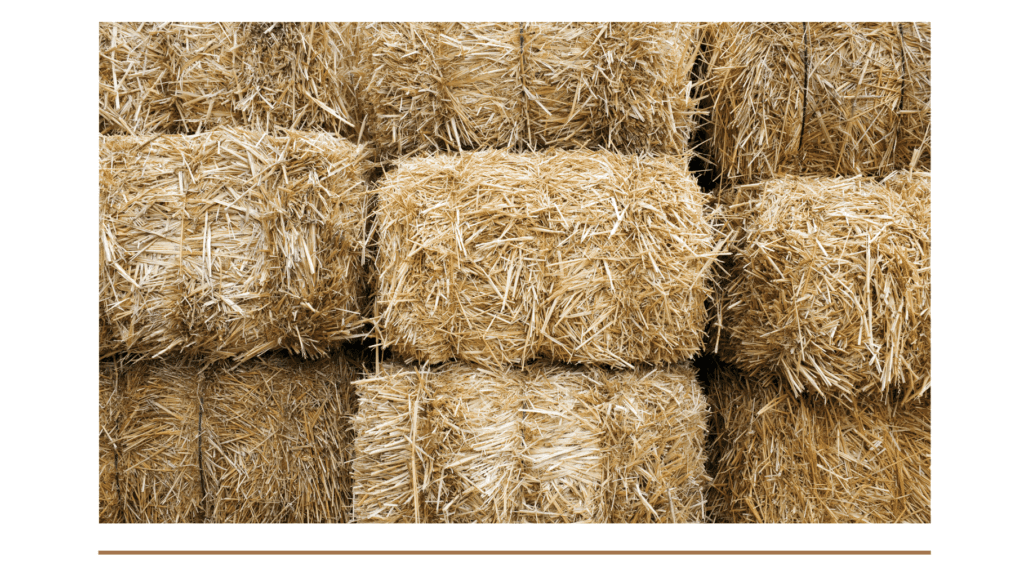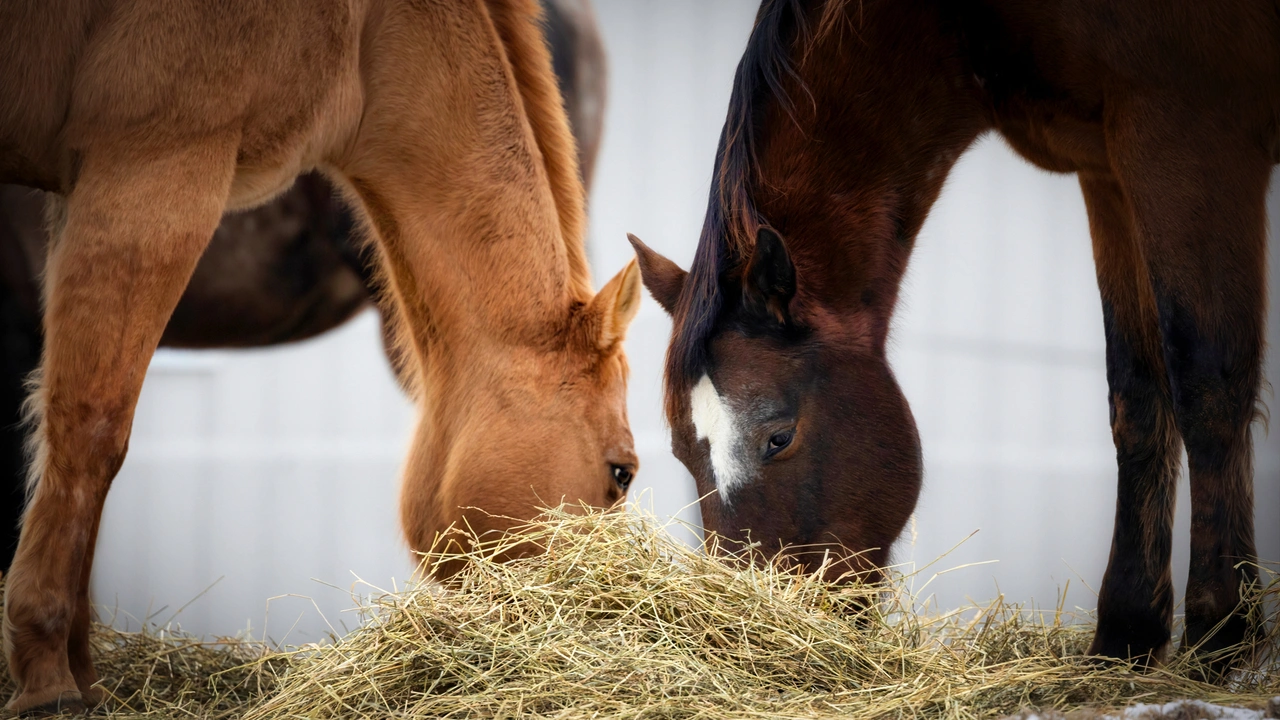Hay is an essential component of their diet, providing the fiber they need for healthy digestion.
However, not all hay is created equal. The quality of hay can significantly impact your horse’s health, so it’s important to understand the factors that influence its quality. Below are key elements that affect hay quality:
1. Type of Hay

The type of hay your horse consumes plays a large role in its quality. Common types of hay include timothy, alfalfa, and meadow hay, each offering different nutritional profiles. For example, timothy hay is a great choice for adult horses due to its balanced fiber content, while alfalfa hay is richer in protein and energy, making it more suitable for growing horses, lactating mares, or horses in heavy work.
2. Harvesting Time
The timing of when the hay is harvested can greatly impact its nutritional value. Hay that is cut too early may lack fiber and be too rich in sugars and proteins, while hay cut too late can become overly fibrous, which might be harder for horses to digest. The best hay is typically harvested at mid-bloom when the grasses have reached their peak nutrient levels, providing an ideal balance of fiber and energy.
3. Storage Conditions

Hay must be stored properly to maintain its quality. Exposure to moisture, sunlight, or high humidity can cause hay to mold, which can be harmful to your horse’s respiratory system and overall health. Hay should be stored in a dry, well-ventilated area, off the ground, and protected from rain or excessive moisture.
4. Leafiness vs. Stemminess
The leaf-to-stem ratio in hay also determines its quality. Leafy hay is typically more nutritious, as leaves contain more protein and digestible fiber. Stemmy hay, on the other hand, is coarser and harder for horses to chew, making it less desirable. Well-cut hay with a high proportion of leaves is often a sign of good-quality hay.
5. Presence of Weeds and Foreign Materials

Weeds, dirt, or other foreign materials in hay can reduce its quality. Weeds often have low nutritional value and may contain toxins harmful to horses. Additionally, foreign materials like twine or plastic can be dangerous if ingested. Ensure that the hay is free of contaminants for the safety and well-being of your horse.
6. Moisture Content
Hay with too much moisture can develop mold, which is not only harmful to your horse’s health but also lowers the hay’s nutritional content. Ideally, hay should have a moisture content of around 15-20% to prevent molding while ensuring it remains palatable for horses.

